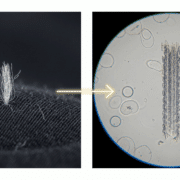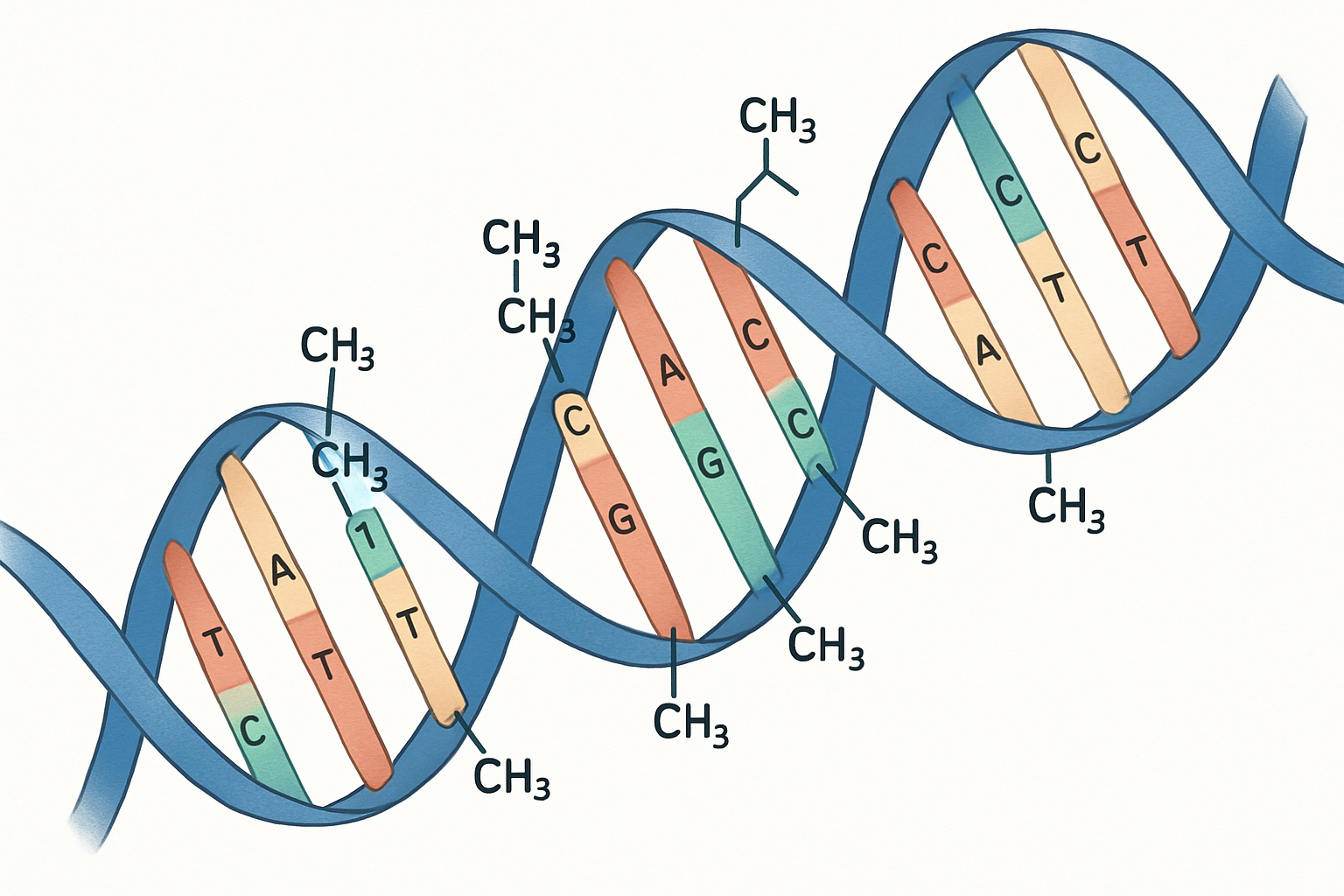Alternate light source – Special lighting device that produces visible and invisible light at various wavelengths to help investigators locate and visually enhance items of evidence (e.g., fluids, fingerprints, clothing fiber)
A Forensic Light Source is made up of a powerful lamp containing the ultra-violet, visible and infrared components of light. It then filters down the light into individual color bands (wavelengths) that enhance the visualization of evidence by light interaction techniques including fluorescence (evidence glows), absorption (evidence darkens), and oblique lighting (small particle evidence revealed).
Latent Fingerprint Detection
The primary application of a Forensic Light Source is for enhancing the detection of latent fingerprints. The use of fluorescent enhancement processes that compliment a light source greatly increases the types of surfaces from which a latent fingerprint can be detected. Consider the difficulties of dusting and lifting a print off of the following surfaces: thin plastic bags, rigid duct tape, thin aluminum foil, heavily grained wood, concrete wall, brick, printed glossy magazine pages, paper products, etc. Using traditional methods, fingerprint evidence on these and other types of surfaces may go undetected or even dismissed because they could not be detected with enough detail.
Forensic Light Source techniques have been successfully utilized for revealing latent prints on these and many other types of textured surfaces, backgrounds which mask ridge detail, fragile surfaces, and contaminated surfaces. Different wavelengths are required for processing different types of surfaces making a Forensic Light Source with tunable or multiple wavelengths a coveted tool for any crime scene investigator. In many cases, the background surface will also glow under light source illumination. In these cases it is necessary to tune to a wavelength of light that causes the print to glow and not the background.
Body fluids
Since body fluids like semen, saliva, and vaginal fluids are naturally fluorescent, the use of a light source offers a unique method for locating them. A crime scene investigator can narrow down the specific locations of stains for collection instead of testing entire, large pieces of evidence such as a mattress, a carpet, a sheet, an article of clothing, etc. The dried body fluids will actually glow under the light source illumination.
Although the body fluids will fluoresce under an ordinary UV black light, many articles on which you would find them including clothing and sheets will also glow and hinder the evidence detection. It is therefore necessary to tune to longer wavelengths to eliminate the background interference (background rejection). Considering you may be searching for body fluids on high profile, capital crime cases, and with the advent and availability of DNA typing systems, the more body fluid evidence you can reveal the better.
The more powerful your light source and the more wavelengths you have, the more evidence you will uncover. Although blood does not glow in the visible range, it has a unique wavelength under which the bloodstain will darken to enhance its contrast by approximately 4 times. This is most effective in photographing blood prints because more of the detail of the blood print will be revealed by the enhanced contrast.
Hair and Fibers
Two light illumination methods can be employed to locate hair and fibers with a Forensic Light Source. First, oblique or parallel lighting of a surface such as a floor or carpet with a strong white light (the more powerful the better) will reveal, small particles like hair and fibers for collection. Second, some hair and fibers will also glow under UV or Blue light and will stand out strongly for collection.
Bruises/Bite Marks/Pattern Wounds
Forensic Light Sources may reveal bruise and patterned wound details that are invisible undernormal white light illumination. Details of a bruise pattern in a suspects palm can link a suspect to a weapon.
Furthermore, details of a bruise on a victim, for instance, a bite mark or a shoe mark, can link a suspect to the victim. Multiple wavelengths are necessary because different colors penetrate to different depths within the skin and therefore depending on the depth of the bruise or wound you will need to vary the wavelength of the instrument. Deep wounds may require infrared illumination to get enough skin penetration.
Questioned Documents:
Inks have different formulations, even within the same apparent, visible, color type. A tunable Forensic Light Source can be used to identify slight variations in ink type by viewing ink responses as the color of the light is tuned through the visible and infrared regions. Regardless of the skill of the forger, this examination would reveal that 2 different pens were used on the document.
Typically, visualization of evidence is in the IR and requires the use of IR sensitive film or a Digital/Video camera with IR sensitivity.
Gun Shot Residues/Explosive Residues
There are several different types of residues found both in ammunition and explosives, which fluoresce. By using a tunable Forensic Light Source, observations can be made on items without touching the surface, to see if fluorescent residues are present. In addition, the scanning of any observers clothing after a shooting can help in identifying where the shot came from and who is the shooter due to the ejecta that comes from the barrel of the gun when it is fired. The same ejecta residue would also appear on the hands of the shooter linking them to the fired gun.
Human Bone Fragments, Tire Tracks, Shoe Prints, Drugs, etc…
Forensic Light Sources can be used for many different applications. Those listed here are only a few of the compounds that will fluoresce in the environment. Users are encouraged to experiment, trying different wavelengths on different surfaces. You may be surprised by what you find.
These are only the main applications for Forensic Light Sources. There are others, like Arson Investigations, that people have only begun exploring. The use of these instruments are limited only by the user’s imagination.








